-
Gingerbread Girl by Stephen King Short Story Analysis

“The Gingerbread Girl” by Stephen King is a long short story by American writer Stephen King. Find it in Just After Sunset (2008).
-
Meal One by Cutler and Oxenbury Analysis
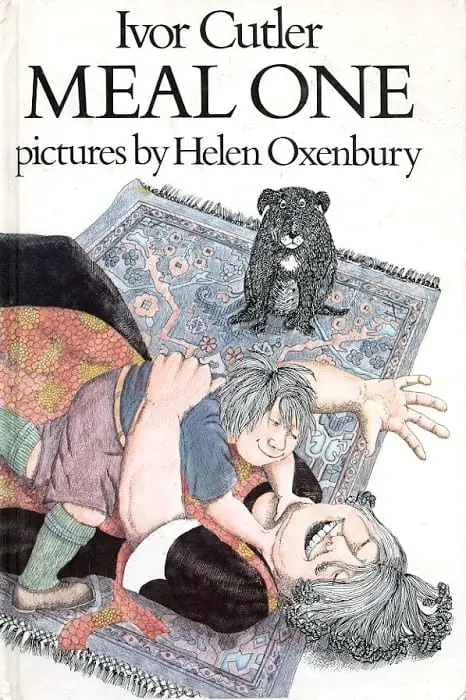
Meal One is a picture book written by Ivor Cutler, Illustrated by Helen Oxenbury, first published 1971.
-
Emotion In Storytelling: Kindness and Pathos
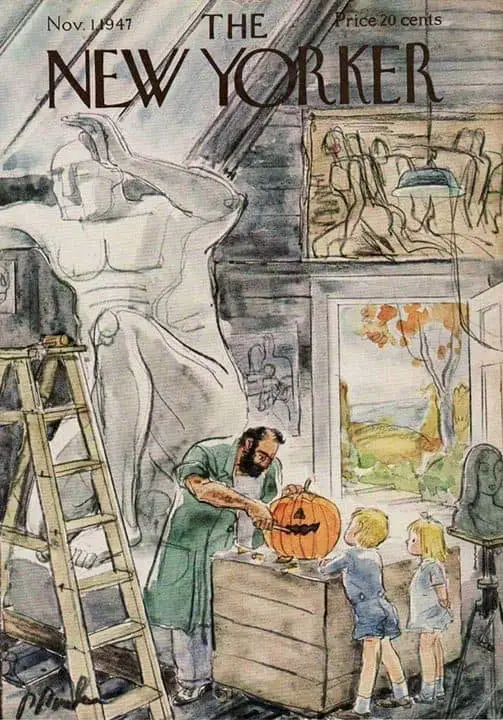
How does a storyteller create pathos in an audience? It’s not done by making a character sad. Nor is it done by simply killing a character off. Characters extending kindness to others is a far more reliable trick.
-
The Cat In The Hat by Dr Seuss: Archetypal Carnivalesque

The Cat in the Hat is a 1957 children’s book written and illustrated by the American author Theodor Geisel, using the pen name Dr. Seuss. I keep mentioning this book as an archetypal example of the carnivalesque story subgenre in children’s literature but I’ve never actually broken that down, until now! THE REVOLUTIONARY POWER OF…
-
Magic Words and Spells
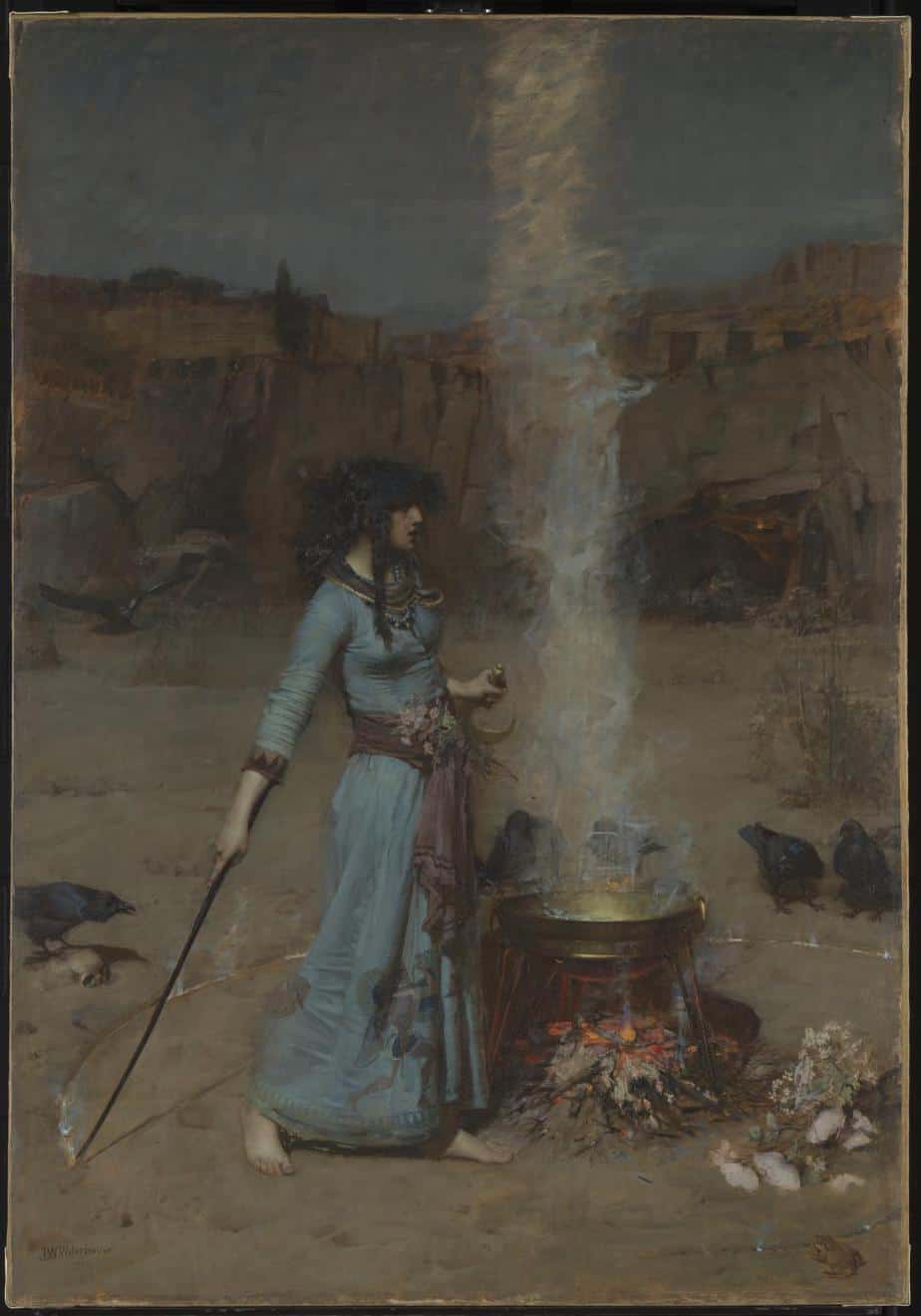
In children’s fantasy, enchanted realism and magical realism, there is often an arc word (leitwort) which enters popular lexicon, or sticks in the mind long after the reader leaves the story. These magic words sometimes become a part of the child’s own imaginative play, an improvised version of early childhood fan fiction. Where Do Magic…
-
The Little Governess by Katherine Mansfield Short Story Analysis
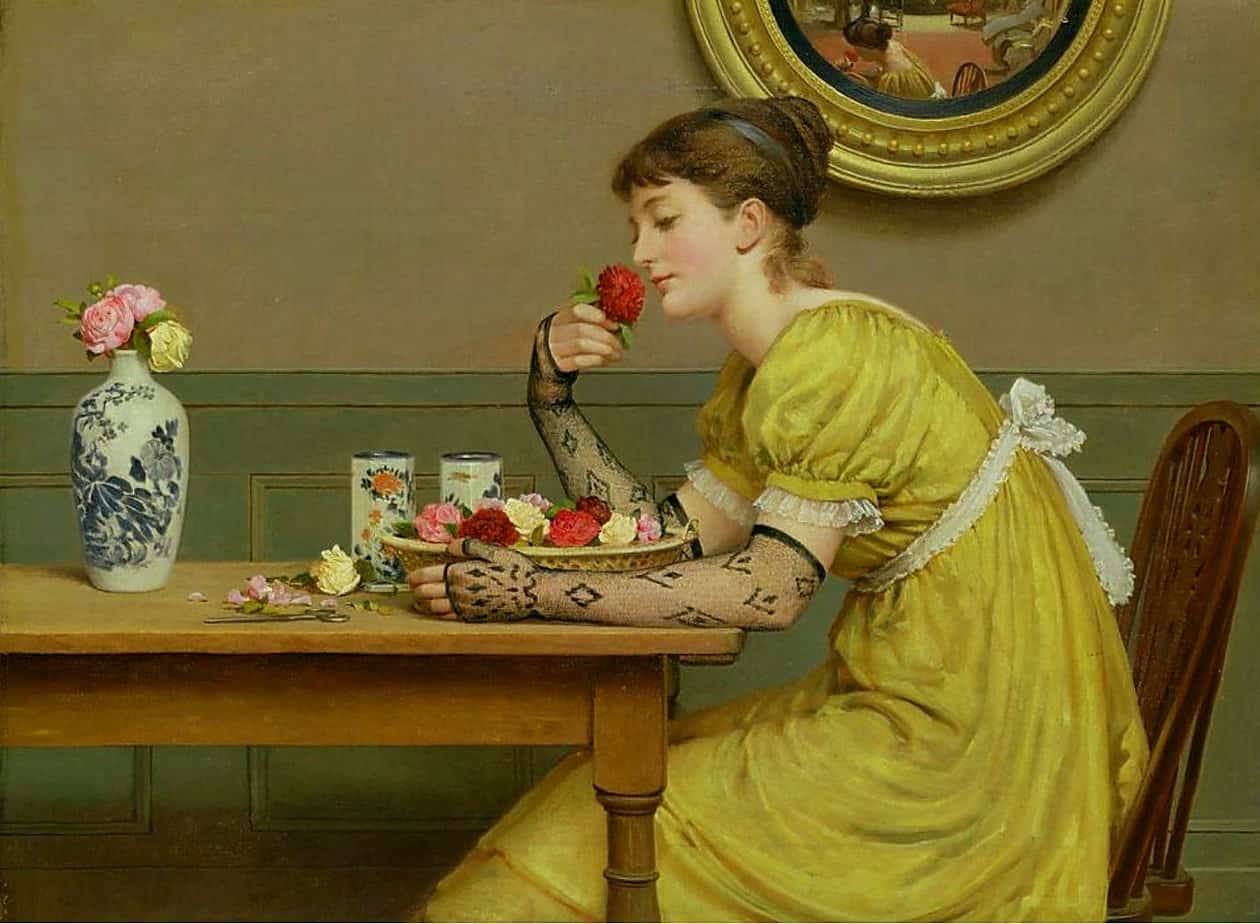
Katherine Mansfield wrote. It’s a cautionary tale without the Perrault didacticism. It’s Little Red Riding Hood, but social realism. This story exists to say, “You’re not alone.” It’s a gendered story, about the specifically femme experience of being alone in public space. Some critics find the ending inadequate. This is a stellar example of a…
-
A Brief History of Home Lighting
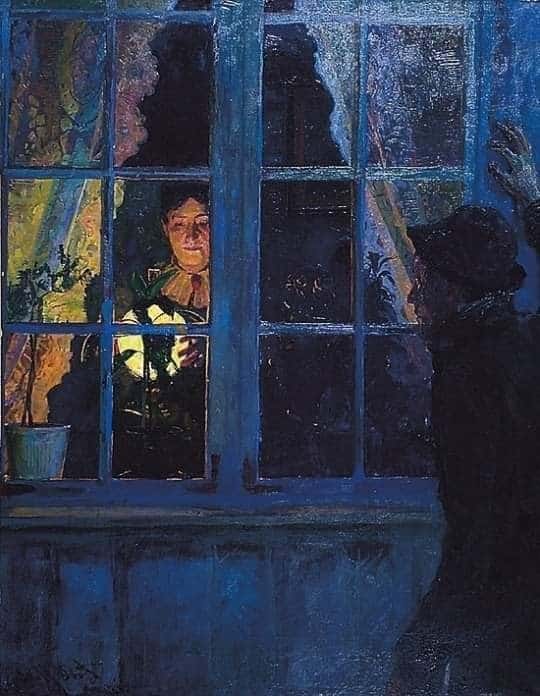
With the invention of electric light human lives changed suddenly. This change was reflected immediately in art, first by the Impressionists. Impressionist painters were the first to enjoy the freedom of painting without reliance upon the sun, in plein air. Artists from the 1960s to today use light sources to express ideas, concepts and to…
-
Rufus and the Blackberry Monster by Lisa Stubbs Analysis
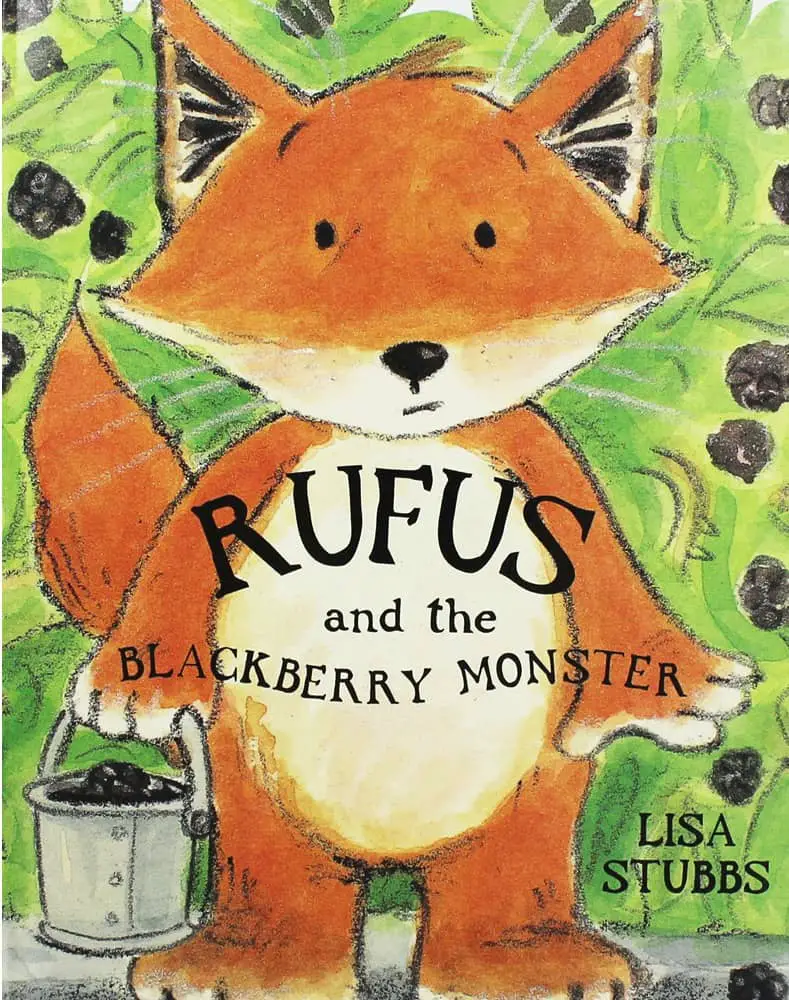
1999 in picture books was the year of monsters in the forest. Jez Alborough was finishing up his bear series about a massive toy bear, actually harmless. Julia Donaldson and Axel Scheffler released their phenomenal hit The Gruffalo. Rufus and the Blackberry Monster by Lisa Stubbs is part of the same family. Comparisons between this…
-
A Blaze by Katherine Mansfield Short Story Analysis
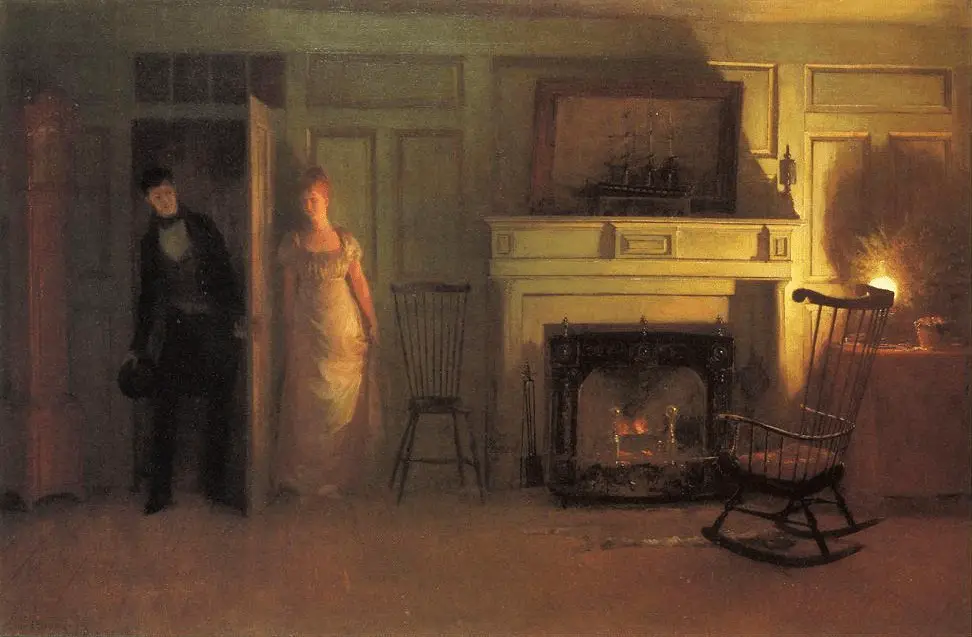
“A Blaze” (1911) is a short story by Katherine Mansfield, included in her German Pension collection. This is a story about a dynamic known in Japan as amae.
-
A Brief History of Road Trip Stories

Road trip stories are basically mythic journeys. Usually, a group of friends or family are travelling together instead of alone. As well as meeting a succession of opponents along the way they argue among themselves. The Minotaur opponent who comes in from outside either binds them together or (in a tragedy) drives them apart. Occasionally…
-
Symbolism of The Child
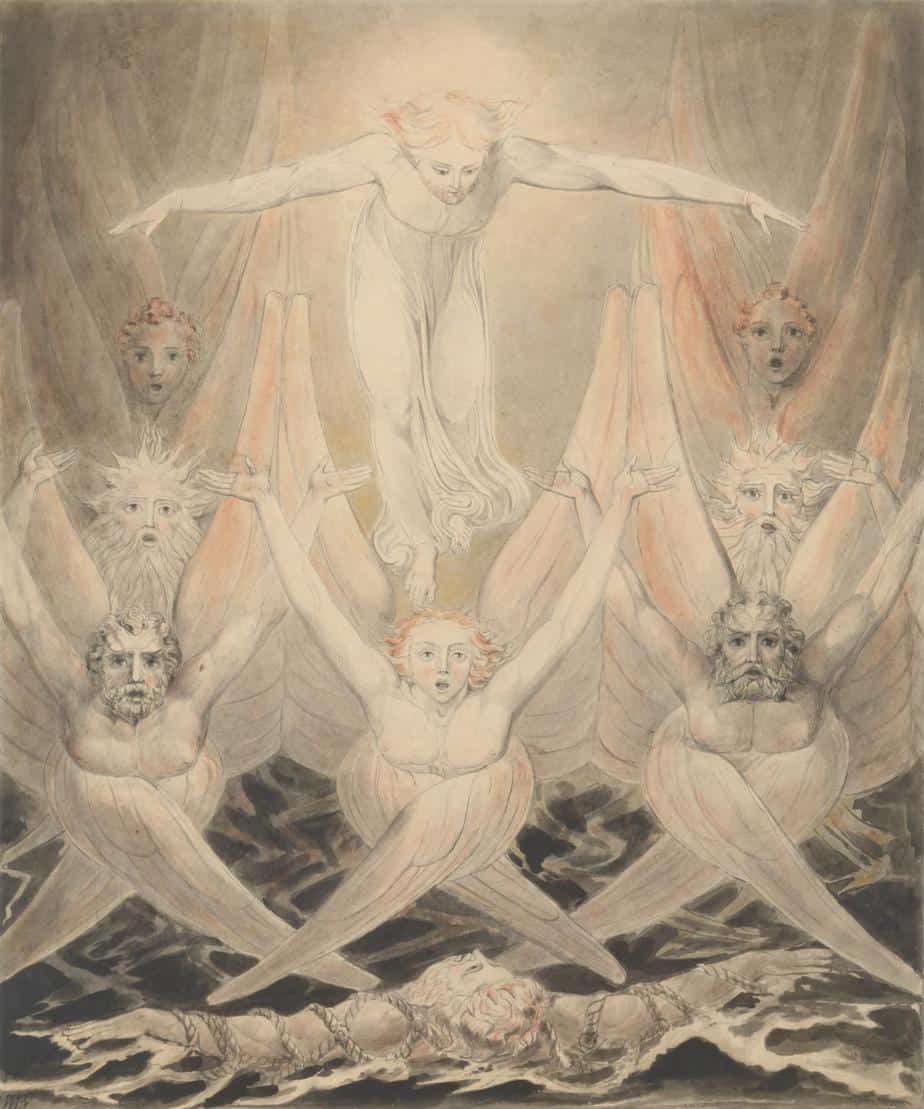
Critics who treat adult as a term of approval, instead of merely a descriptive term, cannot be adult themselves. To be concerned about being grown up, to admire the grown up because it is grown up, to blush at the suspicion of being childish; these are the marks of childhood and adolescence […] The modern…
-
Disorientation And Spatial Horror In Fiction
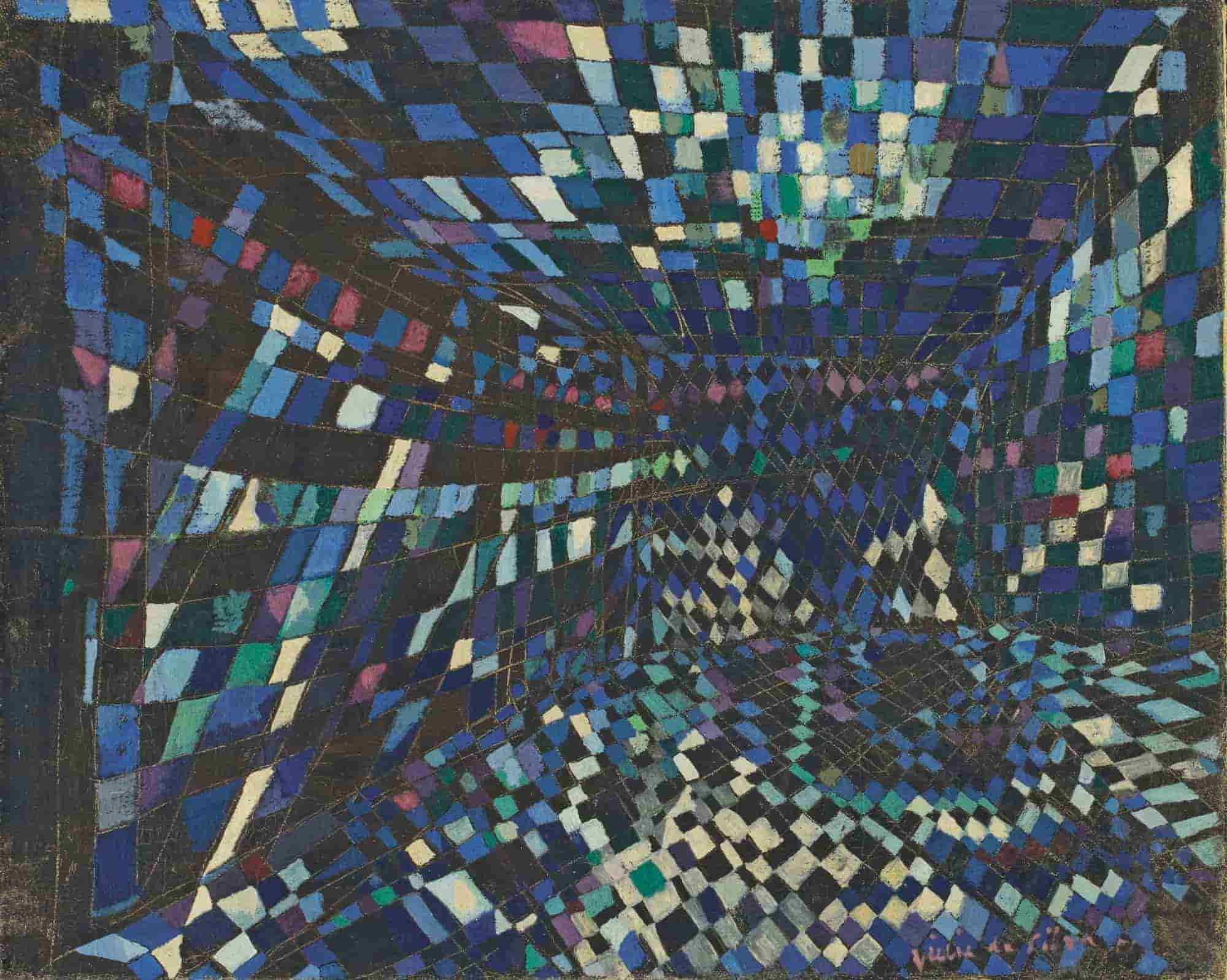
I’ve been thinking about ways in which a storyteller creates a sense of unease for the audience, but spatially. We might call this spatial horror. I’m talking about disorientation, dizziness, light-headedness, fear of falling, and various senses outlined in the graphic below.
-
Tunnel and Cave Symbolism
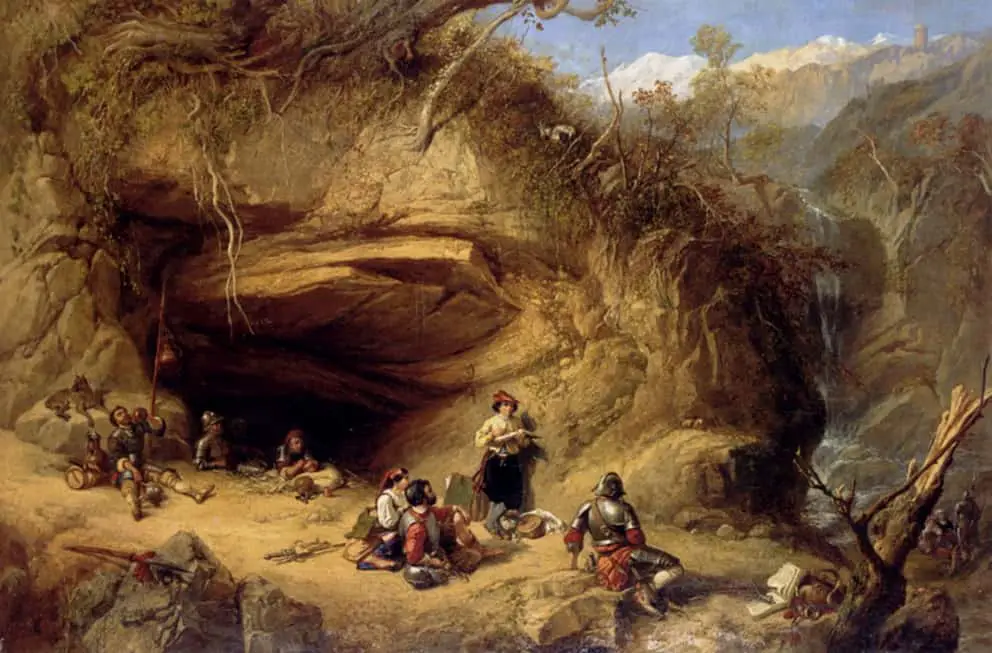
In symbolism, there is often a manmade and naturally occurring equivalent. The tunnel is the manmade version of a cave, the sewer a sea (littoral) cave.
-
How Pearl Button Was Kidnapped by Katherine Mansfield Short Story Analysis
“How Pearl Button Was Kidnapped” is a modernist short story by Katherine Mansfield, published 1912. At its heart, “Pearl Button” is a story about a clash of two cultures seen through a child’s eyes. This story plays out as a duality of restriction and freedom. The European settlers are restricted while the Māori people enjoy…
-
Zombie Terminology

Why all the zombies in stories? Zombies have unlimited potential as metaphor. Historically, storytellers have used zombies to explore tensions between conservative and progressive values. The zombies themselves represent widespread cultural anxieties of their era. Some storytellers use zombie stories to reinforce the status quo while progressive storytellers use zombies to critique it. Watching the…